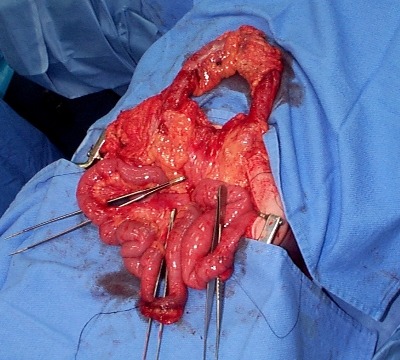We’ve all experienced it. A seriously injured trauma patient is admitted to the ICU and begins the process of recovery. Everything looks well, and after a few days they are transferred to a ward bed. But then they languish, never really doing what we expect. Finally (and usually in the middle of the night), they begin to look bad enough where we have to transfer them back to the ICU.
What’s the problem here? A failure of the ICU team? Did we all miss something? Is there any way we can avoid this problem? The major issue is that these “bounce backs” tend to do poorly compared to patients who successfully stay in their ward bed. Estimates are that mortality for patients successfully and finally discharged from the ICU range from 4-8%, whereas the mortality in bounce back patients is 20-40%!
Researchers at the Medical University of South Carolina in Charleston looked at the characteristics that defined the bounce back patient. They looked at nearly 2000 patients discharged from the trauma ICU and analyzed the variables that predicted an unplanned bounce back. They noted the following interesting findings:
- More than two thirds of bounce backs occurred within 3 days
- Males, patients with an initial GCS < 9, transfer during the day shift were the major risk factors
- More comorbidities was associated with a higher chance of bounce back
- Mortality in the bounce back group was 20%
- The most common factors causing bounce back were respiratory failure or bleeding
Bottom line: This is an intriguing single-institution study that supports my own personal observations. Fewer bounce backs occur at night because staffing tends to be lower and there is more resistance to transfers out. Both the ICU team and the ward team need to scrutinize every transfer carefully. Significant head injury or the presence of medical comorbidities should trigger a careful assessment to make sure that the transfer is appropriate. Otherwise, your patient may be placed in unnecessary jeopardy.
Reference: Intensive care unit bounce back in trauma patients: An analysis of unplanned returns to the intensive care unit. J Trauma 74(6):1528-1533, 2013.

